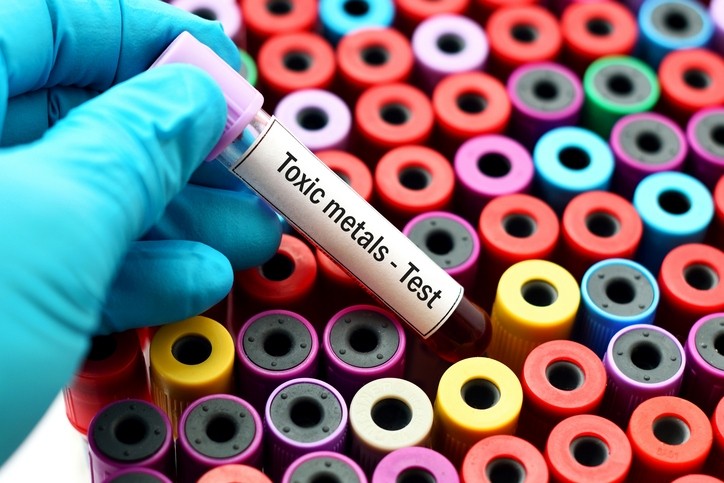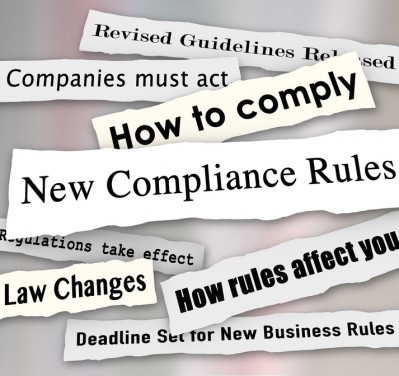EFSA looking at risk from presence of nickel in feed

The European Food Safety Authority (EFSA) has promised to deliver its findings on that issue in June 2019, saying that timeline should be sufficient for it to consider the information on nickel in feed it received under a call for data open until the end of this month.
EFSA’s Panel on Contaminants in the Food Chain (CONTAM Panel) published a scientific opinion on the risks to animal and public health and the environment to the presence of nickel in feed in 2015. However, there were notable data gaps identified.
The CONTAM Panel concluded then that any adverse impact of nickel via feed to production animals, horses and cats is unlikely. In terms of human health risks from the presence of nickel in food of animal origin, it had concerns about certain age classes with high dietary exposure to nickel.
Regarding acute dietary exposure, the Panel said that nickel-sensitized individuals are also at risk of developing eczematous flare-up skin reactions through the consumption of food of animal origin.
EU Commission Recommendation (EU) 2016/11102 recommends that Member States and feed business operators monitor the presence of nickel in feed and provide these data to EFSA on a regular basis.
The presence of nickel in feed can arise from both natural and human pollution sources. Additionally, certain feed materials contain metallic nickel, since it is used as a catalyst in their production, said EFSA.
Carry-over rates from feed to food of animal origin
Thus, the EFSA experts said the contribution of food of animal origin to human dietary exposure to nickel should not be underestimated. However, the CONTAM Panel noted, from the available data, that it was not possible to determine carry-over rates from feed to food of animal origin.
The Authority said while appropriate to regulate the level of nickel in feed in order to ensure a high level of human health protection, the occurrence data on nickel in feed used in the 2015 scientific opinion were mainly originating from one EU country and were, therefore, not necessarily representative for the presence of nickel in feed in the EU.
It said there was a need to monitor the presence of nickel in feed across the EU before considering the setting of regulatory levels of for the metal in feed or any other risk management measures needed to ensure a high level of animal and human health protection.








